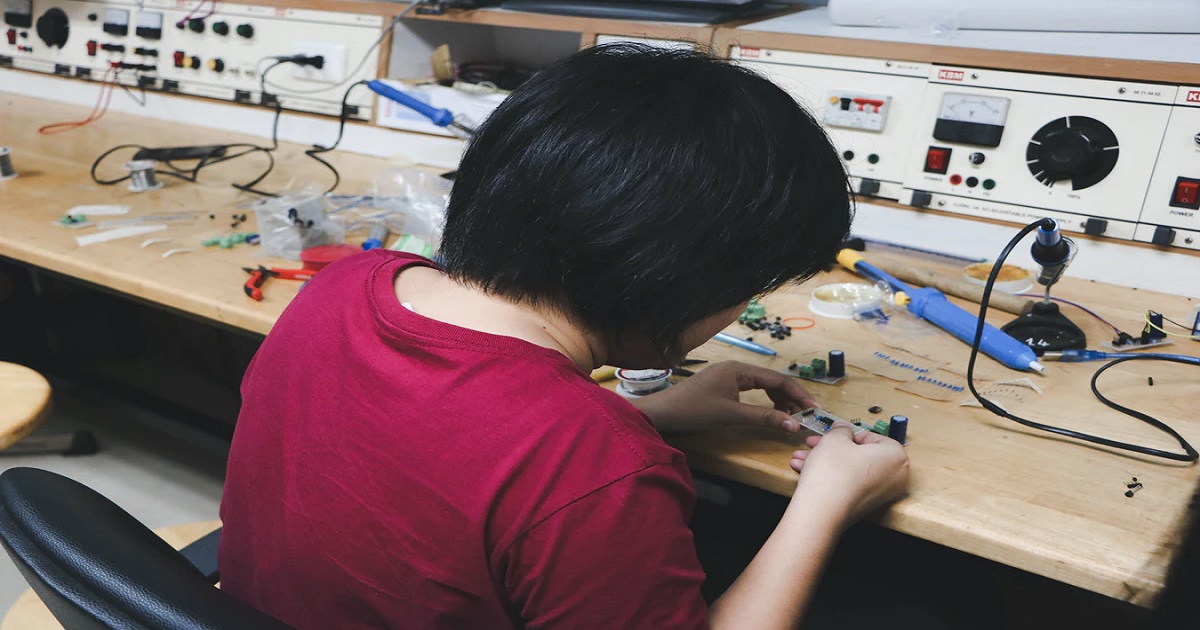The basic requirements for the provision of electrical power to electrical circuits need to have been met in order for them to function in the correct manner. A circuit has no use without access to that power.
The basic function of a power supply is to ensure that the working circuit has access to at least one fixed voltage, if not more, and has enough current-handling capacity to be able to maintain the circuit’s operating conditions.
Major electronic appliances including the likes of microwave ovens, DVD players and televisions come with built-in electronic circuits that receive power from a socket on a wall and have it converted to the voltages and type that the appliance’s internal circuits require.
The main aspects of a power supply
A basic power supply has three primary aspects – the transformer, the rectifier and the filter.
The ac line that is present in the wiring of homes is not usually suited for electronic circuits as they require a lot less voltage, although there are a few that need higher. The transformer is there to ensure the ac voltage is converted to a voltage level that is better suited to the requirements of the circuit that is to be powered.
The transformer is simultaneously supplying electrical isolation between that circuit and the ac line for safety purposes. Line transformers can however be expensive, big and heavy so some power supplies have been designed for direct operation from the ac line without the need for a line transformer. The transformer’s output remains an ac voltage but is now of a magnitude that is appropriate for that circuit.
The next move is to ensure that current can only flow in the one direction, preventing alternations that can take place in the ac line and transformer, a process called rectification. The rectifier is the circuit that takes care of this task. There are several different rectifier configurations that can be used according to the particular circuit’s needs, with the output being a pulsating dc that retains a number of the variations from the transformer and ac line.
This is still not an appropriate power source for the actual load circuit however because the pulsations usually vary too much. A circuit then needs to be inserted to store energy every time the voltage peaks to be released when it drops. This circuit is known as a filter, which is designed to reduce the rectifier’s pulses to a considerably smaller rippled voltage.
The buck converter
A buck converter can also be used in a power supply, being a form of DC/DC switch mode power supply that is able to lower an unregulated DC supply’s input voltage to an output voltage that is more stabilised.
Using buck converters to store energy within an inductor, and are highly regarded as they are extremely efficient and are often used instead of traditional but less efficient linear regulators in the provision of on-board power that is low voltage in various applications such as communication equipment, control systems and microprocessors.
Summary
The aim of the design of any power supply is to have the rippler factor reduced as much as possible and to the point where the remaining ac ripple voltage will not adversely affect the load circuit.











